LAXATIVES
Laxatives are medicine used to treat constipation (infrequent or difficult evacuation of feces; stool is hard, dry, often small and round, and painful to pass).
There are four main types of laxatives.
1. Bulk-forming laxatives
These are fibrous agents which absorb water and form a bulky gel. This stimulates the bowel to push softened stool out. E.g. methylcellulose.
2. Osmotic laxatives
Draw water into the bowel to soften stools and make it easier to pass. E.g. lactulose, macrogol.
3. Stimulant laxatives
Stimulate the muscles in the bowel to move stools along. E.g bisacodyl, senna, phenolphthalein.
4. Stool-softening laxatives
Add moisture to stools and make it softer and easier to pass. E.g. dioctyl sulfosuccinate
ANTIDIARRHEALS
Antidiarrheals treat diarrhea (the passage of 3 or more loose or liquid stools per day, or more frequently than is normal for the individual)
There are four types.
1. Adsorbents
Are thought to coat and kill bacteria that cause diarrhoea, as well as increasing intestinal fluid absorption. E.g. pepto-bismol.
2. Bulk-forming agents
Absorb the excess water in the bowel bulking up stools to relieve diarrhea. They can take 2-3 days to work. E.g. methylcellulose, psyllium, polycarbophil.
3. Opioid and opioid-related
Decrease the intestinal muscle movements which move poo along the bowel. E.g. loperamide
4. Somatostatin analogues
Mimic the natural hormone somatostatin, slowing the movement of food through the intestines. E.g. octreotide.
See reference for more information.
Laxatives are medicine used to treat constipation (infrequent or difficult evacuation of feces; stool is hard, dry, often small and round, and painful to pass).
There are four main types of laxatives.
1. Bulk-forming laxatives
These are fibrous agents which absorb water and form a bulky gel. This stimulates the bowel to push softened stool out. E.g. methylcellulose.

2. Osmotic laxatives
Draw water into the bowel to soften stools and make it easier to pass. E.g. lactulose, macrogol.

3. Stimulant laxatives
Stimulate the muscles in the bowel to move stools along. E.g bisacodyl, senna, phenolphthalein.
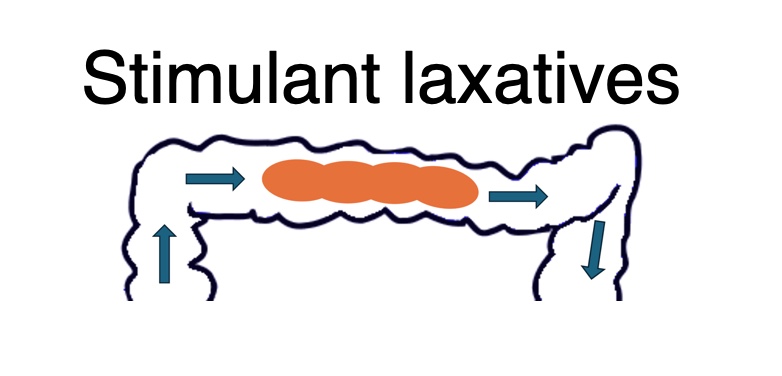
4. Stool-softening laxatives
Add moisture to stools and make it softer and easier to pass. E.g. dioctyl sulfosuccinate
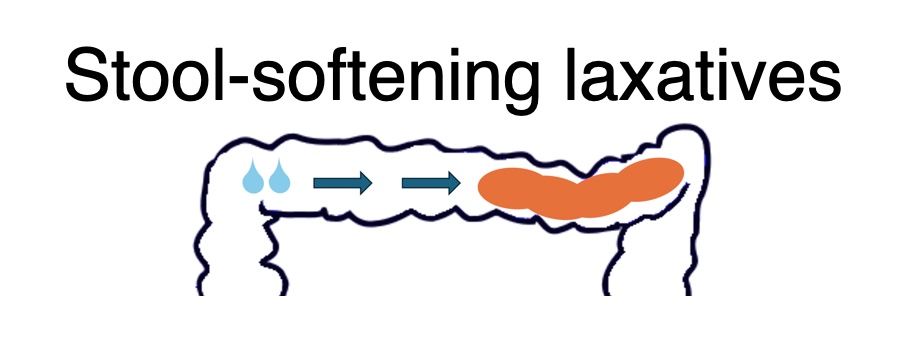
ANTIDIARRHEALS
Antidiarrheals treat diarrhea (the passage of 3 or more loose or liquid stools per day, or more frequently than is normal for the individual)
There are four types.
1. Adsorbents
Are thought to coat and kill bacteria that cause diarrhoea, as well as increasing intestinal fluid absorption. E.g. pepto-bismol.
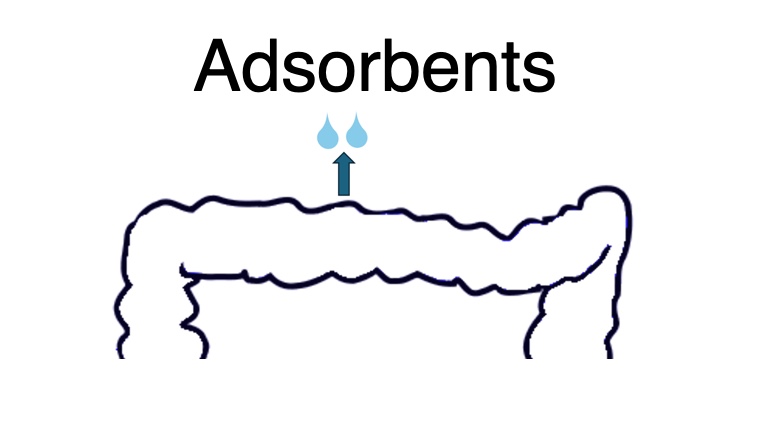
2. Bulk-forming agents
Absorb the excess water in the bowel bulking up stools to relieve diarrhea. They can take 2-3 days to work. E.g. methylcellulose, psyllium, polycarbophil.
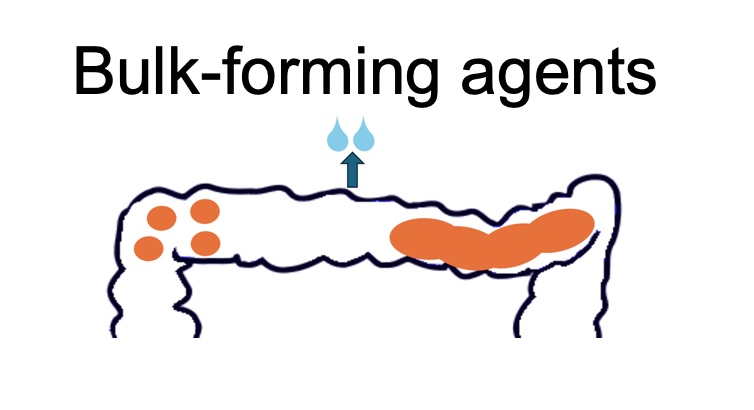
3. Opioid and opioid-related
Decrease the intestinal muscle movements which move poo along the bowel. E.g. loperamide
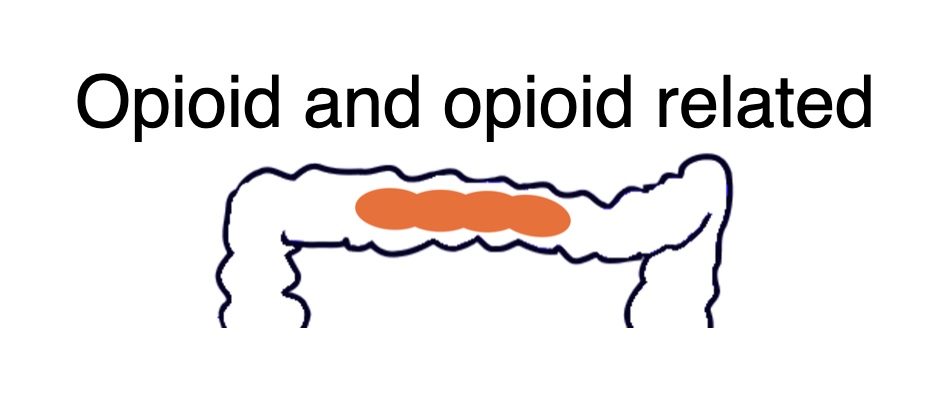
4. Somatostatin analogues
Mimic the natural hormone somatostatin, slowing the movement of food through the intestines. E.g. octreotide.
See reference for more information.
Adapted from Andy Brunnina/Combound Interest 2024. How do laxatives and antidiarrheals work? Creative Commons Attribution Non-Commercial - No derivatives license. Internet. Accessed on June 25, 2024